 I come home from a few days in the rainylands to the north to discover that it’s been pouring in Portland — not just rain, but bad news.
I come home from a few days in the rainylands to the north to discover that it’s been pouring in Portland — not just rain, but bad news.
Portland Center Stage, the city’s flagship theater company, has laid off five people, including literary manager Mead Hunter, one of the most popular and respected people in the city’s theater scene.
Mead’s assistant, Megan Ward, also got the pink slip, as did workers in the box office, information technology and facilities departments. At a company that has staked its identity largely on its commitment to developing new plays, Hunter and Ward were the entire literary department. It ain’t no more. I’m not sure this is what Samuel Beckett had in mind when he came up with Endgame, but the word does have its applications.
And the economic hurricane keeps howling on. On his Web site Blogorrhea, one of our favorites, Mead gave the reason for the layoffs as “disastrous budgeting miscalculations paired with the moribund global economy.” Trouble is, the moribund (a kind word, given the circumstances) global economy has rendered budgeting calculations disastrous all over the place. This story is being repeated over and over, with adjustments in the details. To all of those people who think the arts are expendable frills that can be cut without harming anyone: a laid-off teacher or automotive worker or line cook or newspaper editor or mill worker or theater employee are the same. Not a one of them has a job any more, and unless they had the luck to nab a tinted parachute of some sort, not a one has an income.
Mead Hunter’s name doesn’t mean much to the theatergoing public. He’s not an actor. He’s not a director. He doesn’t run the company or give curtain speeches. But every business has its insiders, the people who know how things work, who get things done, who put things together, who teach and support and reach out and sometimes keep things loose by cracking exactly the right joke at exactly the right time. In Portland theater, Hunter was that guy. People in the business know him, and respect him, and like him very much, and a lot of them have him to thank for nudges he’s given their careers, in subtle and sometimes prominent ways.
Hunter’s role has been far bigger than his title. Portland Center Stage is the elephant in the living room of Portland theater, the great big company that gets all the attention, and almost inevitably that has bred resentment among others on the scene. Mead may have been the company’s finest ambassador. He paid attention to the rest of the city’s theaters and theater people, took them seriously, lent his services, nurtured them when he could, always with gentlemanly courtesy and competence. You can’t buy public relations like that. Sometimes you can’t pay for it, either.
This is a tough day for Hunter, and his four laid-off co-workers, and Portland Center Stage, and the city’s theater scene in general. In one sense the layoffs are a modest cut, especially compared to the huge slashes that have rocked some other industries: Center Stage had 105 names on its staff roster before the cuts, which makes the reduction less than 5 percent. But in every organization, a few people represent the soul of the place, and when you lose them you lose something indefinable but vital. Read the comments on Hunter’s Web site — well over 40 the last time I looked — and you’ll get a sense of what I mean.
For other good perspectives, see this post on Culture Shock by CS regular Cynthia Fuhrman, Center Stage’s marketing and communications chief, and these comments by fellow Scatterer Barry Johnson on his Oregonian blog, Portland Arts Watch.
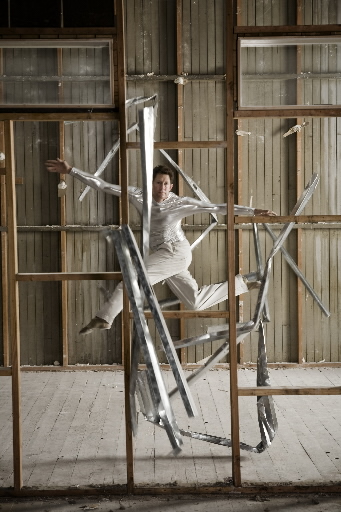 So, Art Scatter had an interesting weekend, with the odd charm’s of BodyVox and Holcombe Waller taking center stage. We’ve posted about this on
So, Art Scatter had an interesting weekend, with the odd charm’s of BodyVox and Holcombe Waller taking center stage. We’ve posted about this on 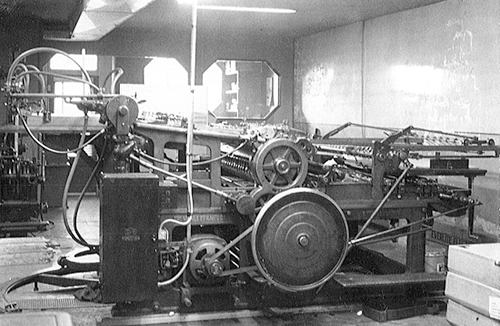
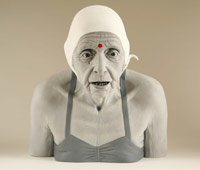
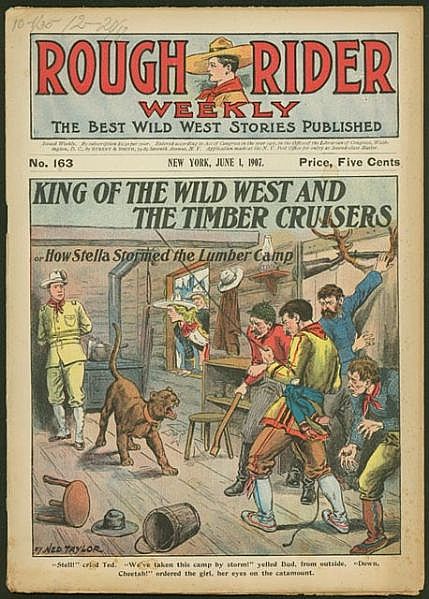 So, lots of things bubbling about with Scatter implications, of a Monday evening.
So, lots of things bubbling about with Scatter implications, of a Monday evening. So, yes, it’s taken some time for me to figure out how to occupy space at both Art Scatter and
So, yes, it’s taken some time for me to figure out how to occupy space at both Art Scatter and  “What do you think of semiotics?” an owlish interrogator asked me.
“What do you think of semiotics?” an owlish interrogator asked me.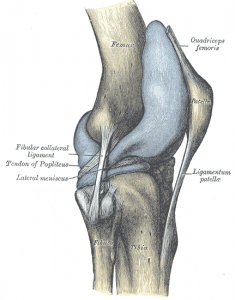
 Here at Art Scatter we just love a heavenly chorus. Harmony’s our thing, and we’re fond of kittens, too.
Here at Art Scatter we just love a heavenly chorus. Harmony’s our thing, and we’re fond of kittens, too.